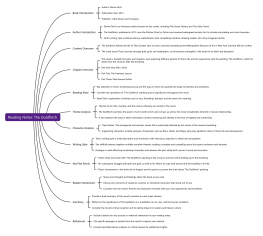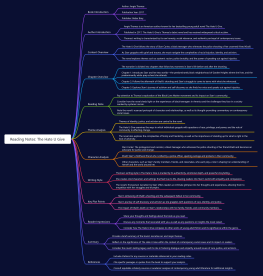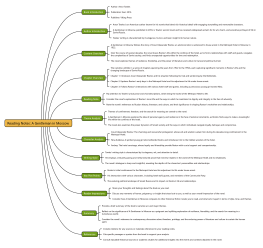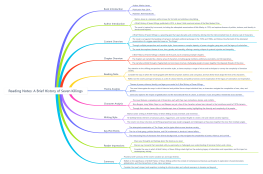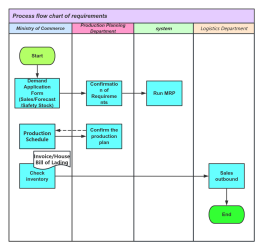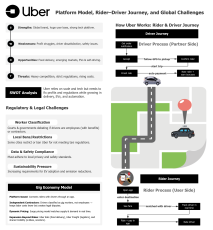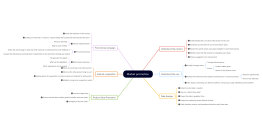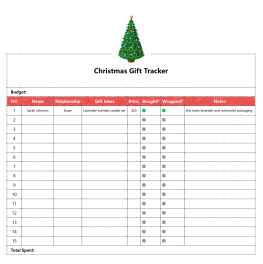
Comprehensive Demand Analysis Blue print
0 Report
This comprehensive demand analysis blueprint provides an essential guide for businesses to understand market dynamics and customer needs. The blueprint begins with a clear definition of its purpose and importance, followed by an overview of demand analysis objectives. It delves into market analysis, offering insights into industry trends, growth drivers, challenges, market size estimation, and detailed market segmentation based on demographics and psychographics. Customer analysis is a key component, focusing on segmentation, creating detailed customer profiles, and understanding buying behavior. The blueprint emphasizes demand forecasting through historical data analysis, market research, and statistical models to predict future demand accurately. Competitive analysis is thoroughly covered, identifying key competitors, comparing products/services, and evaluating marketing strategies and customer engagement tactics. Risk assessment is also a critical aspect, identifying market, competitive, and regulatory risks that could impact demand. The conclusion section summarizes key findings and insights, providing strategic recommendations and an implementation plan with steps and timelines to execute these strategies effectively. Adopting this blueprint can significantly enhance market understanding, customer engagement, and strategic planning for businesses.
Related Recommendations
Other works by the author
Outline/Content
See more
Introduction
Purpose
Define the purpose of the demand analysis blueprint and its importance to the business.
Overview
Provide a brief overview of what the demand analysis entails and its objectives.
Market Analysis
Industry Overview
Provide an overview of the industry landscape, including trends, growth drivers, and challenges.
Market Size
Estimate the total market size and potential for the products/services.
Market Segmentation
Segment the market based on demographics, psychographics, and other relevant factors.
Customer Analysis
Customer Segmentation
Segment customers based on demographics, behavior, needs, and preferences.
Customer Profiles
Create detailed profiles of target customer segments.
Buying Behavior
Understand the buying behavior and decision-making process of target customers.
Demand Forecasting
Historical Data Analysis
Analyze historical sales data and trends to forecast future demand.
Market Research
Conduct market research and surveys to gather insights into future demand.
Statistical Models
Utilize statistical models and forecasting techniques to predict demand.
Competitive Analysis
Competitor Landscape
Identify key competitors and their market share, strengths, and weaknesses.
Product Comparison
Compare the features, pricing, and positioning of competitor products/services.
Market Strategies
Assess competitor marketing strategies, distribution channels, and customer engagement tactics.
Risk Assessment
Market Risks
Identify potential risks and uncertainties in the market that could impact demand.
Competitive Risks
Assess risks related to competition, including new entrants and disruptive technologies.
Regulatory Risks
Consider regulatory risks and compliance requirements that may affect demand.
Conclusion
Summary
Summarize the key findings and insights from the demand analysis.
Recommendations
Provide recommendations for strategic actions based on the analysis.
Implementation Plan
Outline the steps and timeline for implementing the recommendations.

0 Comments
Next Page
